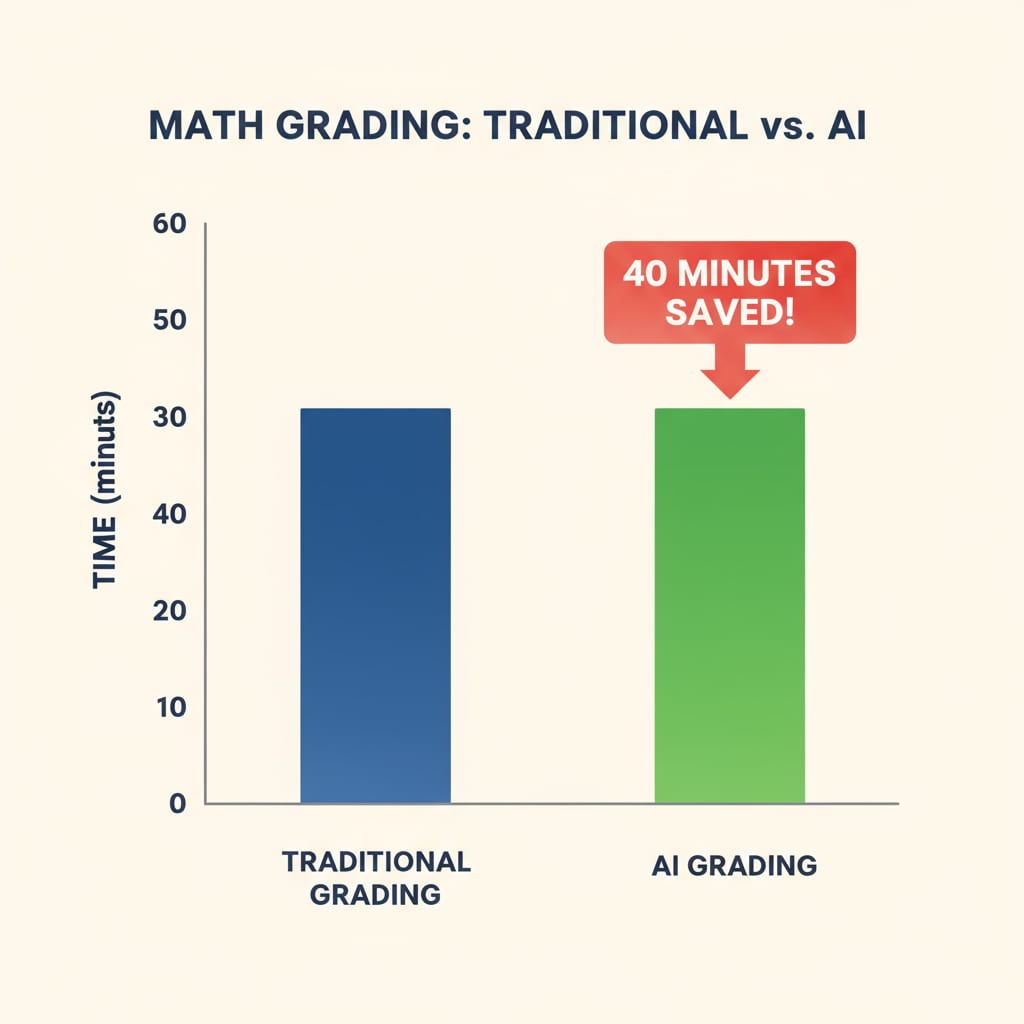AI math grading tools have emerged as a potential solution in the realm of education, aiming to ease teachers’ workload and save time. As artificial intelligence continues to revolutionize various sectors, its integration into K12 education, especially for math grading, has sparked a great deal of interest.

These tools promise to streamline the often time-consuming process of grading math assignments and tests, but do they truly deliver on this promise?
The Promise of AI Math Grading Tools
AI math grading tools are designed with the intention of significantly reducing the time teachers spend on grading. Traditionally, grading math papers involves going through numerous calculations, checking for accuracy, and providing detailed feedback. This can be a laborious task, especially for teachers with large classes. For example, according to the National Education Association, teachers often spend hours each week on grading duties. AI math grading tools claim to automate this process, quickly scanning through answers and providing grades in a fraction of the time.

Meeting Teachers’ Real Needs
While the promise of time savings is appealing, it’s essential to consider whether these tools actually meet teachers’ real needs. Teachers not only need accurate grading but also valuable insights into their students’ learning. In addition to simply providing a grade, they want to understand where students are struggling and what areas need further attention. AI math grading tools should be able to offer detailed analytics, highlighting common mistakes and areas of weakness. For instance, some advanced tools can generate reports that show which concepts students are having difficulty with, enabling teachers to tailor their instruction more effectively.
Readability guidance: Here we see how the idea of meeting teachers’ needs is a crucial aspect. We use short paragraphs to clearly convey this point, and an example to illustrate the concept. Transitions like ‘in addition’ are used to connect ideas smoothly.
The Role of School Management
School management also plays a vital role in the effective implementation of AI math grading tools. They need to be aware of the impact these tools can have on teachers’ workload and ensure that they are used in a way that benefits both teachers and students. School administrators should provide proper training and support for teachers to use these tools effectively. Moreover, they should evaluate the effectiveness of these tools regularly. As stated by the American Association of School Administrators, proper management and oversight are key to successful technology integration in schools.
AI math grading tools have the potential to be a game-changer in reducing teachers’ workload and saving time. However, for them to truly realize this potential, it’s necessary to ensure they meet teachers’ real needs and are properly supported by school management. Only then can these tools become the valuable assets they are intended to be in the K12 education system.


